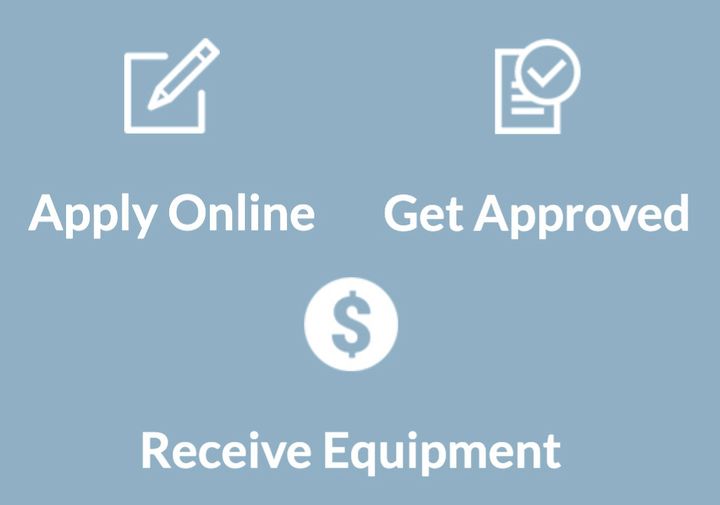
Charles R. Goulding considers financing options in the 3D printing industry.
In what should be good news for the 3D printing industry and the overall equipment sector are recent events expanding equipment financing opportunities. This financing should support the many businesses that are currently cash strapped and will need to maximize cash flow to seize opportunities as the economy recovers.
Xerox XFS
Xerox has just unveiled its new finance unit called Xerox Financial Services (XFS), which will finance its own equipment as well as third-party equipment. Its inaugural third-party client is Lexmark International, the huge 2D printer manufacturer. This announcement coincides with Xerox commencing its own 3D printer sales with a contract with the U.S. Navy. Financing printers is part of this company’s DNA and XFS presumably has a legacy list of end-users with pre-approved credit limits which should facilitate 3D printer sales.
3D Printing Options
This week, UK-based AMT announced its own financing options for post-processing equipment. As financing becomes more available for industrial 3D printing systems, potential customers gain options to explore. Other than buying outright or via a financing plan, subscription-based and leasing plans are also becoming more widely available.
DLL
DLL, the world’s largest vendor equipment sales company, recently sponsored a unique webinar with diverse participants. DLL’s U.S. headquarters is in Wayne, Pennsylvania. DLL has always understood the advantages of a business solution sell rather than a narrow features and function sell.
The webinar included speakers from Surgery Partners, a large hospital surgery specialist that leases equipment from DLL; Foster & Sullivan, a six continent marketing firm; and the Chief Engineer of our firm’s Energy Tax Savers unit, Jacob Goldman. The webinar’s topic was keeping building occupants safe using HVAC clean air systems with an emphasis on the healthcare sector. Using this very important current topic, DLL was subtly showcasing its expertise in lending for the HVAC, hospital and medical equipment markets. The overall healthcare sector is a high-growth 3D printing market and DLL has a long history of financing equipment into that market on behalf of major medical equipment sellers, and for 3D printing, can bundle ancillary equipment, software and materials to qualified buyers, many of whom are already qualified purchasers.
Jacob provided the business solution sell elements of clean air technology, energy cost savings and tax savings. The tax savings included energy tax savings from the recent permanent extension of EPAct Section179D plus R&D tax credits.
Conclusion
The 3D printing industry showed its mettle during the pandemic and is hopefully now prepared for increased growth. The 3D printing sector needs to provide financing to maximize this opportunity.
